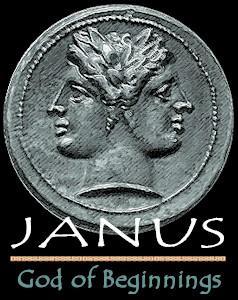Our modernist disciplinary taxonomies are such that we rarely care to admit that myth and science are related, or that they have anything in common. Boundaries must be maintained and impurities removed, regardless of what history might show and tell us. One such history, that of the invisible, is a step in the right direction, as is this piece on the contingent boundaries between “drugs” and “medicine.” The author, Benjamin Breen, begins on a conflationary note:
When I began my graduate studies in history, I decided to focus on the period when magic and alchemy morphed into modern science. I was especially fascinated by John Dee, the wizardly court astrologer to Queen Elizabeth I. Although Dee believed he could speak to angels, he was also one of the leading mathematicians and geographers of his era. Robert Boyle and Isaac Newton followed in Dee’s footsteps, conducting empirical investigations of nature alongside studies of Biblical prophecy and alchemical secrets. John Maynard Keynes had it right when he observed in 1946 that Newton was not the first scientist – he was the last of the magicians. Newton’s generation especially loved to search for ‘occult virtues’ – hidden phenomena latent in nature – and they found them in psychoactive drugs, along with a mystery that is still with us today.
While we may characterize Newton as the last magician or first scientist, he seems not far removed from modern theoretical physicists. All are fellow cosmological travelers, searching for hidden phenomena in nature. The unsettling link between science and magic is of course an old theme, one that Robin Horton brilliantly sketched in “African Traditional Thought and Western Science” (1967). Just last night I was reading Paul Feyerabend’s classic Against Method (1975), in which he discusses Horton’s argument:
To show the surprising similarities of myth and science, I shall briefly discuss an interesting paper by Robin Horton, entitled “African Traditional Thought and Western Science.” Horton examines African mythology and discovers the following features: the quest for theory is a quest for unity underlying apparent complexity. The theory places things in a causal context that is wider than the causal context provided by common sense: both science and myth cap common sense with a theoretical superstructure. There are theories of different degrees of abstraction and they are used in accordance with the different requirements of explanation that arise. Theory construction consists in breaking up objects of common sense and in reuniting the elements in a different way. Theoretical models start from analogy but they gradually move away from the pattern on which the analogy was based. And so on.
These features, which emerge from case studies no less careful and detailed than those of Lakatos, refute the assumption that science and myth obey different principles of formation (Cassirer), that myth proceeds without reflection (Dardel), or speculation (Frankfort, occasionally). Nor can we accept the idea, found in Malinowski but also in classical scholars such as Harrison and Cornford, that myth has an essentially pragmatic function or is based on ritual. Myth is much closer to science than one would expect from a philosophical discussion. It is closer to science than even Horton himself is prepared to admit.
Feyerabend goes on to argue, less persuasively, that science displays all the attributes which Horton suggests do in fact separate it from myth. While this may or may not be true (it is certainly true of New Atheists, whose mythic version of “science” dialectically opposes theist myths), the structural and functional point remains: science and myth are related. They share a common historical-cognitive ancestor whose name is Janus.


